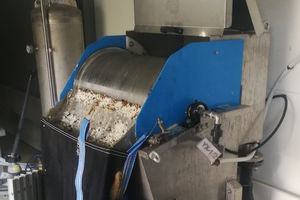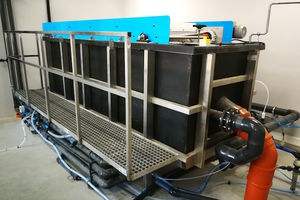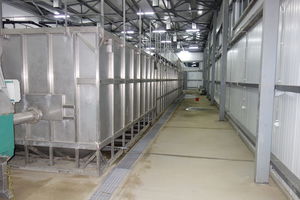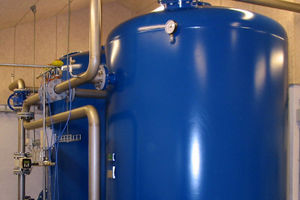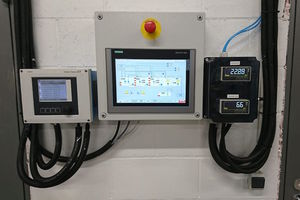
- Products
- Catalogs
- News & Trends
- Exhibitions
Flocculation plant





Add to favorites
Compare this product
Description
Coagulation and flocculation separates the dissolved and suspended particles from the water by application of chemicals.
HOW DOES COAGULATION AND FLOCCULATION WORK
Wastewater flows into a reactor (flocculator) where it is mixed with chemical reagents to make the small suspended particles capable of sticking together (coagulation) and to aggregate thus producing larger, visible flocs (flocculation). The common reagents are: mineral and/or organic coagulants, flocculation additives (activates silica, talcum, activated carbon), anionic or cationic flocculants and pH control reagents such as acids or bases.
EQUIPMENT NEEDED FOR DISSOLVED AIR FLOTATION
Wastewater contains particles of different sizes which can be classified as dissolved (100-100mm) and settleable (>100um). The goal of wastewater coagulation and flocculation is to create a system which can successfully separate dissolved and suspended particles of different source, size, shape, charge, and density from water.
Technology of wastewater coagulation and flocculation include combination of a tank- or pipe-shaped reactor (flocculator) and pumps/valves to ensure very precise dosage of chemical reagents.
FlotLife delivers equipment and services for complete wastewater coagulation and flocculation processes:
- Flocculator
- pH control
- Online TSS and COD measurement
- Dosing pumps
- Polymer preparation system
- Automation of the system for on-site and remote monitoring and control
- Installation, training and support
Related Searches
- Water purification unit
- Waste water treatment
- Process water purification unit
- Compact water purification unit
- Wastewater treatment plant
- Continuous waste water treatment
- UV water purification unit
- Dissolved air flotation plant
- Wastewater water purification unit
- Biological wastewater treatment plant
- Flocculation plant
- Compact dissolved air flotation plant
*Prices are pre-tax. They exclude delivery charges and customs duties and do not include additional charges for installation or activation options. Prices are indicative only and may vary by country, with changes to the cost of raw materials and exchange rates.


